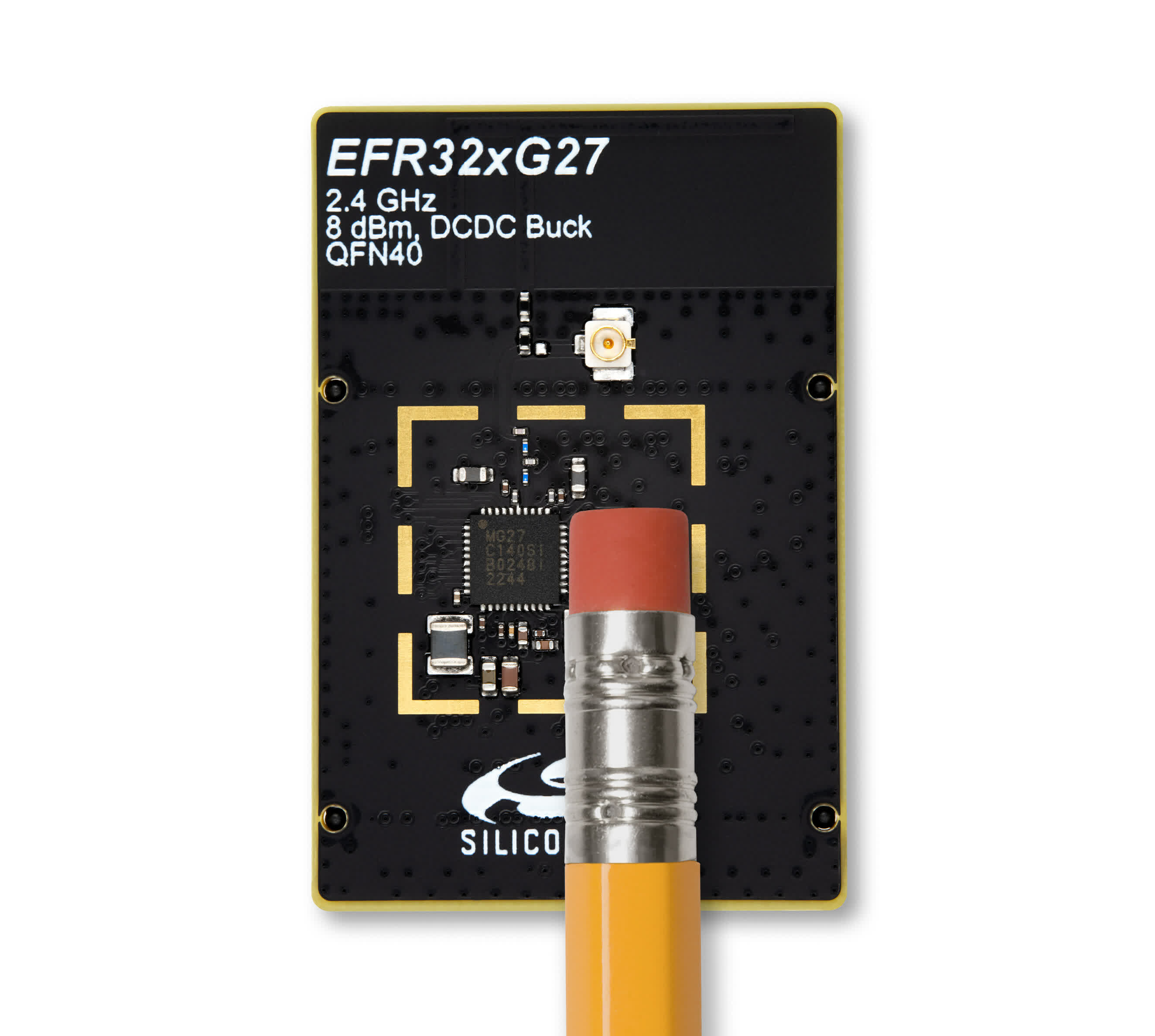[ad_1]
In brief: Silicon Labs, the fabless semiconductor designer and manufacturer, has announced a system on a chip that’s so small it’s being used for a tooth-mounted salivary diagnostic sensor. The device can be utilized by dentists and other clinicians to collect important data from saliva, which is then used to test for over 1,000 health conditions.
Silicon Labs says its xG27 family of Bluetooth SoCs comprises the BG27 and the BB50 microcontroller unit, both built on the ARM Cortex M33 processor and designed for the smallest of IoT devices. The former is primarily for Bluetooth connectivity, while the latter supports Zigbee and other proprietary protocols.
The chips measure between 2mm-squared, about the width of a #2 pencil lead, to 5mm-squared, less than the width of a standard #2 pencil. Silicon Labs tells The Verge they only miss out on being the world’s smallest Bluetooth chip by “fractions of a millimeter.”

The BG27 is being used by medical device maker Lura Health, which is creating the world’s first wearable sensor for salivary diagnostics. The device comes in the form of a smart bracket or smart band that are glued to a molar. These can be worn continuously for months. Alternatively, the device can be embedded in smart retainers and aligners that are worn for 18 hours per day.
The sensors continually measure analytes in saliva, and provide real-time streams of health data by Bluetooth Low Energy to a smartphone. The data can be shared with a doctor, who can check for any potential health issues it might reveal.

Lura Health says it has just finished clinical trials of its sensor and it is getting ready to undergo the FDA regulatory process. If it passes, the device could be available in 12 to 18 months.
Beyond saliva monitors, Silicon Labs says its chips are ideal for medical patches, continuous glucose monitors, wearable electrocardiograms, and asset tags in various settings like retail and agriculture, as they can operate as low as 0.8 volts. They also have a shelf mode that reduces energy use to less than 20 nano amperes so that devices can be transported and stocked on shelves.
[ad_2]
Source link
